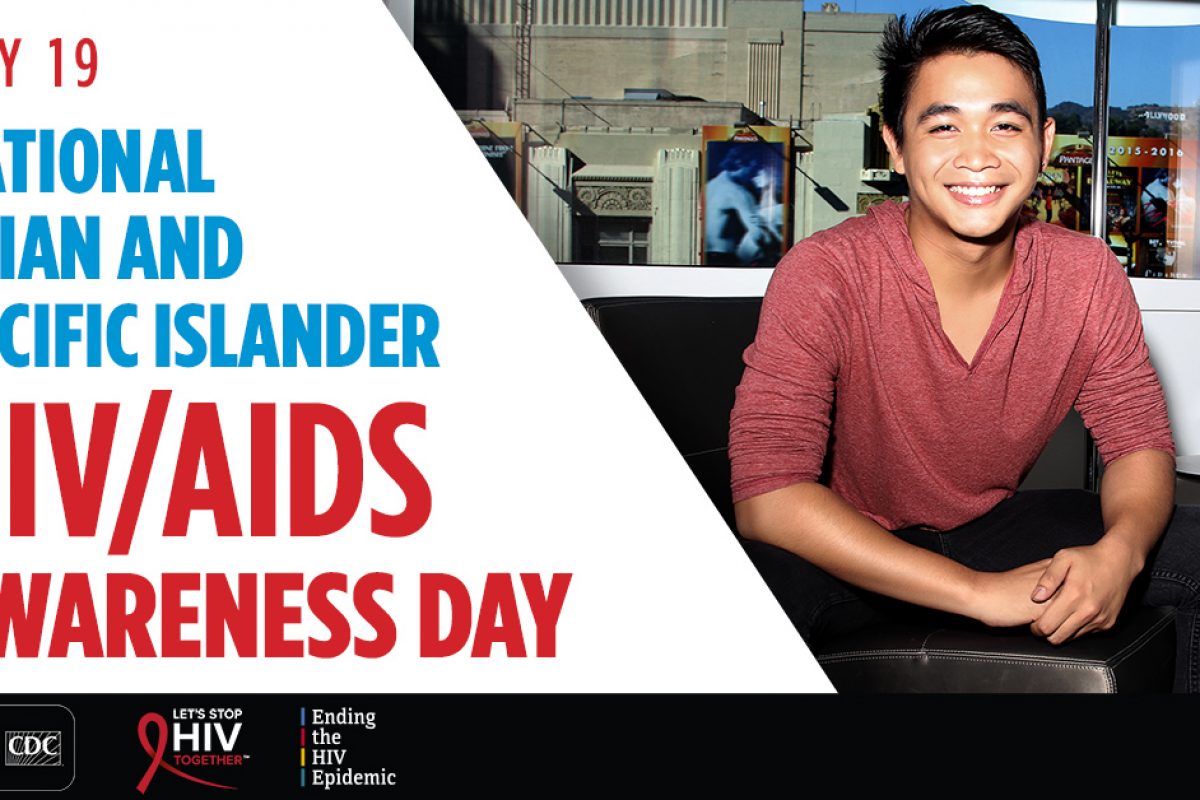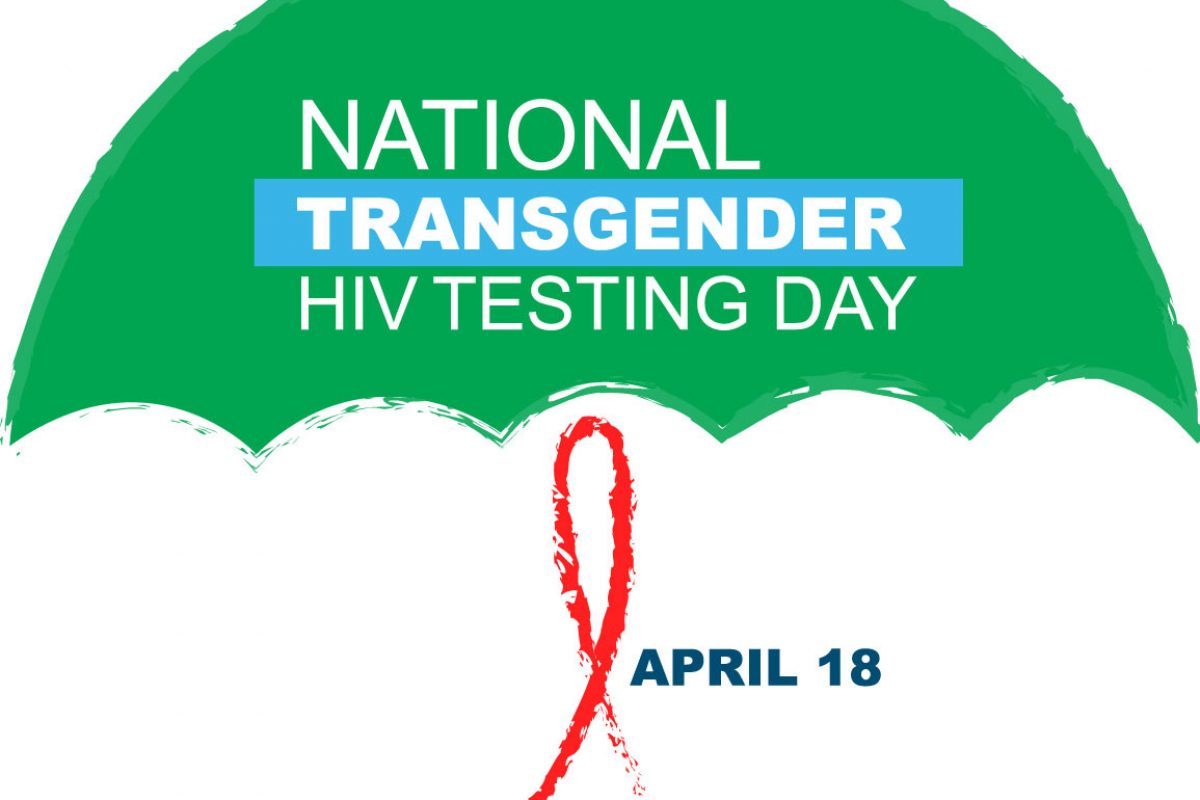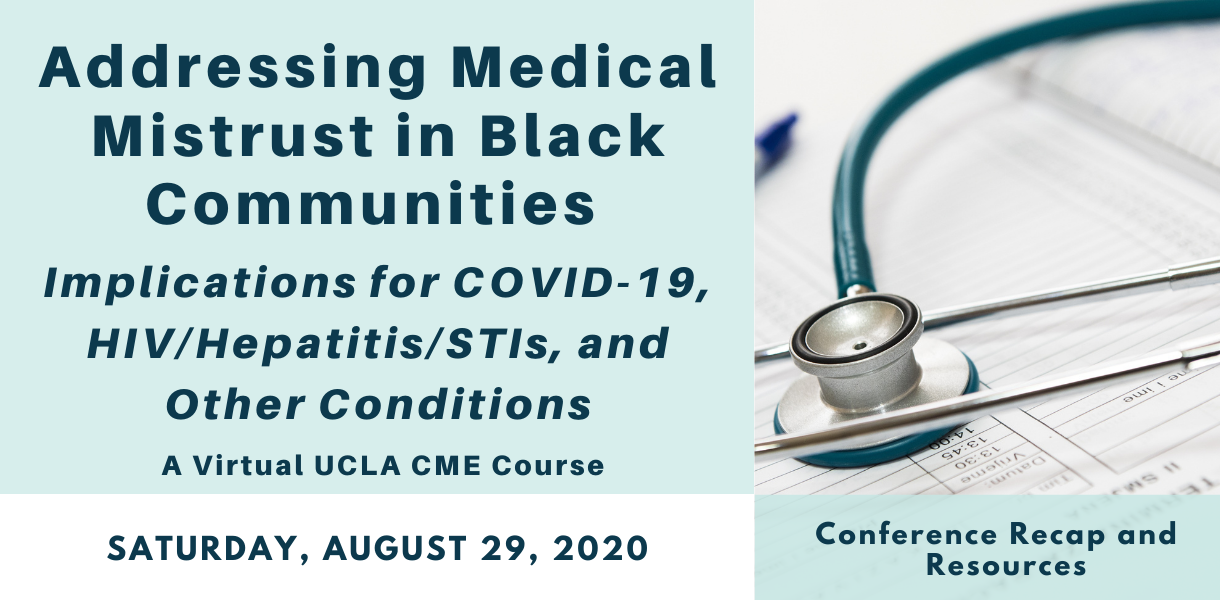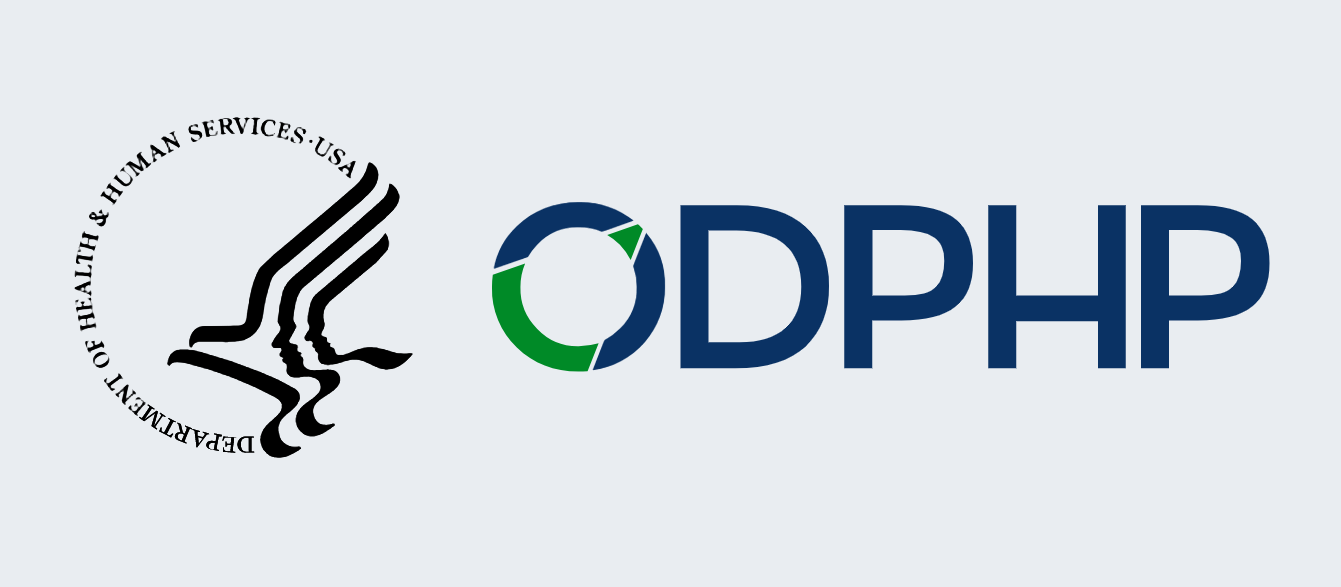Friday, May 21, 2021 – Researchers from UCLA and Charles Drew University in collaboration with the California Community Foundation and various community partners held a COVID-19 Community Leadership Summit aimed at supporting COVID-19 vaccination efforts in South Los Angeles, and providing the necessary resources to increase broader education, awareness, and equity around the COVID-19 vaccines.
The community leadership summit provided community and faith leaders with best practices, resources, and networking opportunities to increase COVID-19 vaccine uptake and help achieve vaccine equity in South Los Angeles.
The summit was attended by 140 individuals and featured speakers from community organizations, faith-based organizations, and governmental agencies leading community efforts in response to the COVID-19 pandemic. Each speaker discussed their efforts and shared their resources on how to mobilize the community to increase COVID-19 vaccine equity and uptake. The presentations were followed by a “Q&A” session to connect with organizations and their resources.
Please see a recap of the COVID-19 Community Leadership Summit below.
Presentations for download:
- Tracey Veal, DrPh, MBA: LA County Department of Public Health - COVID-19 Community Leadership Summit - Slides
- Robert Contreras, MBA: Bienestar Human Services - COVID-19 Community Leadership Summit - Slides
- Jim Mangia: St Johns Well Child & Family Center- COVID-19 Community Leadership Summit - Slides
- Robbyn Kistler Kaiser Family Foundation - COVID-19 Community Leadership Summit - Slides
- Rev. Kamal Hassan: COVID-19 Prevention Network - COVID-19 Community Leadership Summit - Slides
- Christopher Blades: UCLA Vine Street Clinic - COVID-19 Community Leadership Summit - Slides
- Brenda Cruz and Michelle Tabajonda: COVID-19 Vaccine Volunteer Crew - COVID-19 Community Leadership Summit - Slides
- Dessie Brown, Jr: Pull Up Neighbor - COVID-19 Community Leadership Summit - Slides
- Liz Schwandt, M.Ed, BCBA: Get Out the Shot Los Angeles - COVID-19 Community Leadership Summit - Slides
- Samhita Llango and Tatyana Brown: Vaccinate the States - COVID-19 Community Leadership Summit - Slides
Surveys
Please complete the event evaluation by clicking this evaluation link: https://forms.gle/iGXVQVZJXTHyWrLT8
We plan to conduct a qualitative survey/focus groups and will be recruiting participants. Please sign up using this form, and we will contact you with more information: https://forms.gle/9N5PTtVAHESPMskh8
Please complete this survey to better help us understand the needs and capacity of our partners: https://forms.gle/t9yMomATgwzmikSQ6
Resource Guide for Download: COVID-19 Community Resource Guide
Resources shared by speakers:
Vaccinate CA
- VaccinateCA.com – CA vaccine map with 7 languages available
- VaccinateTheStates.com – US vaccine map with vaccine-type filter available (e.g. ‘Pfizer only’)
- https://blog.vaccinateca.com/put-vaccine-locations-on-your-own-website/ – Instructions to easily add the vaccine map to your website for free
Department of Public Health
- Download Vaccination Site Request
- Download Vaccination Clinic Checklist
- Download Health Officer Letter to Facility Admins
- LA County Dept of Public Health, Mobile Vaccine Clinic Request
Grassroots Grant Program
- [Download not found]
- [Download not found]
- [Download not found]
Kaiser Family Foundation
- BetweenUsAboutUs.org All of the videos are FREE for public education use.
UCLA CBAM
- Website UCLA CBAM and UCLA Vine Street Clinic
Other Resources shared by attendees (and in Q&A)
- Stop the Spread is creating an open source playbook for community-based vaccinations that contains tools and practices for pop-up vaccination sites. It also contains concepts like Vaccine+ which uses the 15-30 minute monitoring period to connect vaccine recipients to health and social services. Access Stop the Spread’s playbook here (Paul-Miki Akpablie at paulmiki@stopthespread.org)
- LA Department of Health Services is working on helping to vaccinate folks experiencing homelessness. If your organization is interested in helping vaccinate folks experiencing homelessness across LA County, or just wants to hear what the program offers, please email Matthew Tecle, LA County Department of Health Services, at jwynne@dhs.lacounty.gov.
- The UCLA against COVID-19 social media campaign provides vaccine and COVID-19 related information in English, Spanish, Vietnamese, Chinese, Korean, and Tagalog on multiple platforms (Facebook, Twitter, TikTok, KakaoTalk), but the primary platform is Instagram.
- Dr. Anthony Fauci’s interview with Marshawn Lynch
- Resources for outreach to rural and conservative populations on COVID-19 vaccines access: https://www.christiansandthevaccine.com/ and Ad Council’s partnership with Academy of Country Music
Please note that these resources were shared by various attendees at the summit, and are provided here for all. We hope that they will be helpful to your work. Please vet and use at your discretion.
Event Recording:










